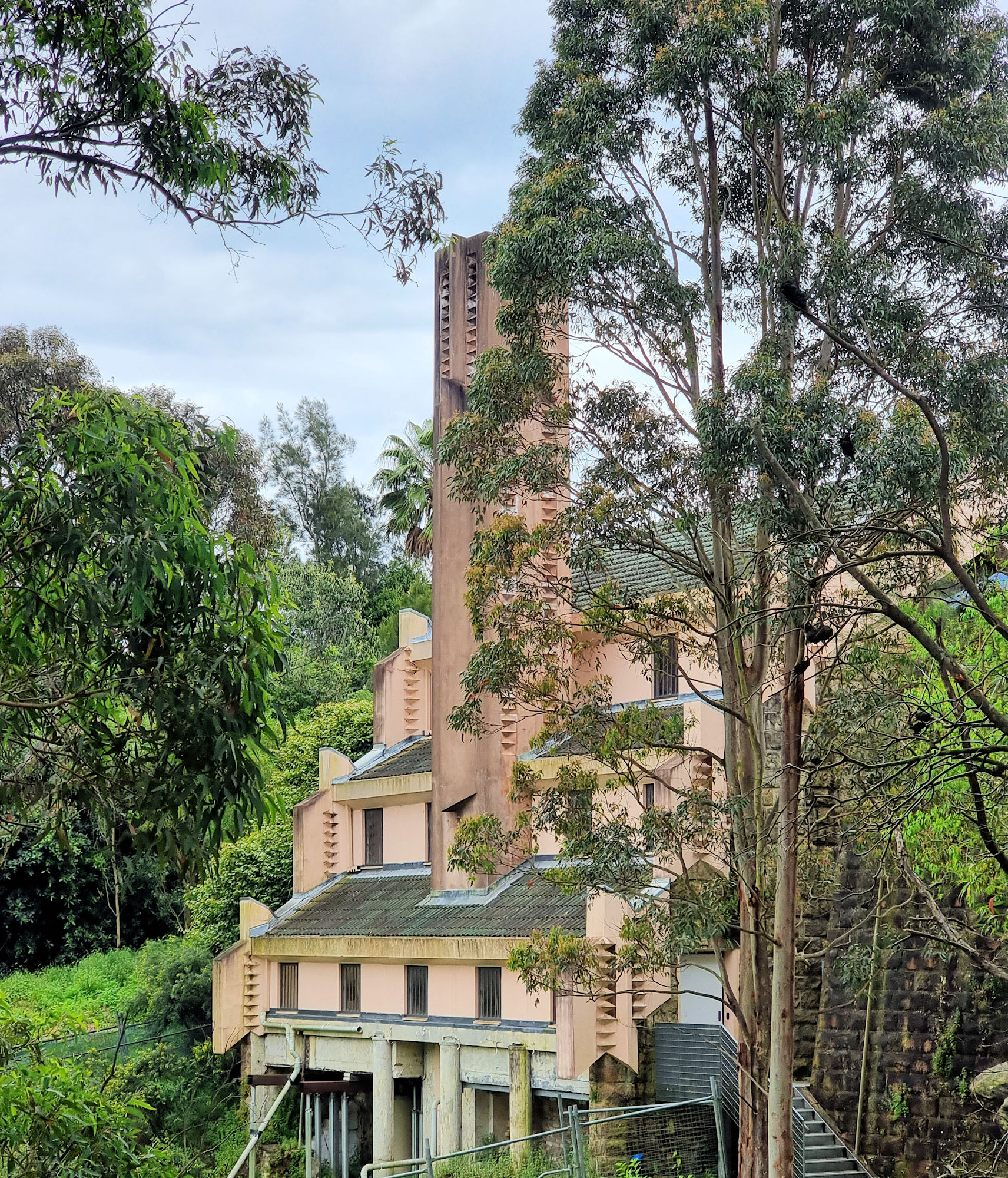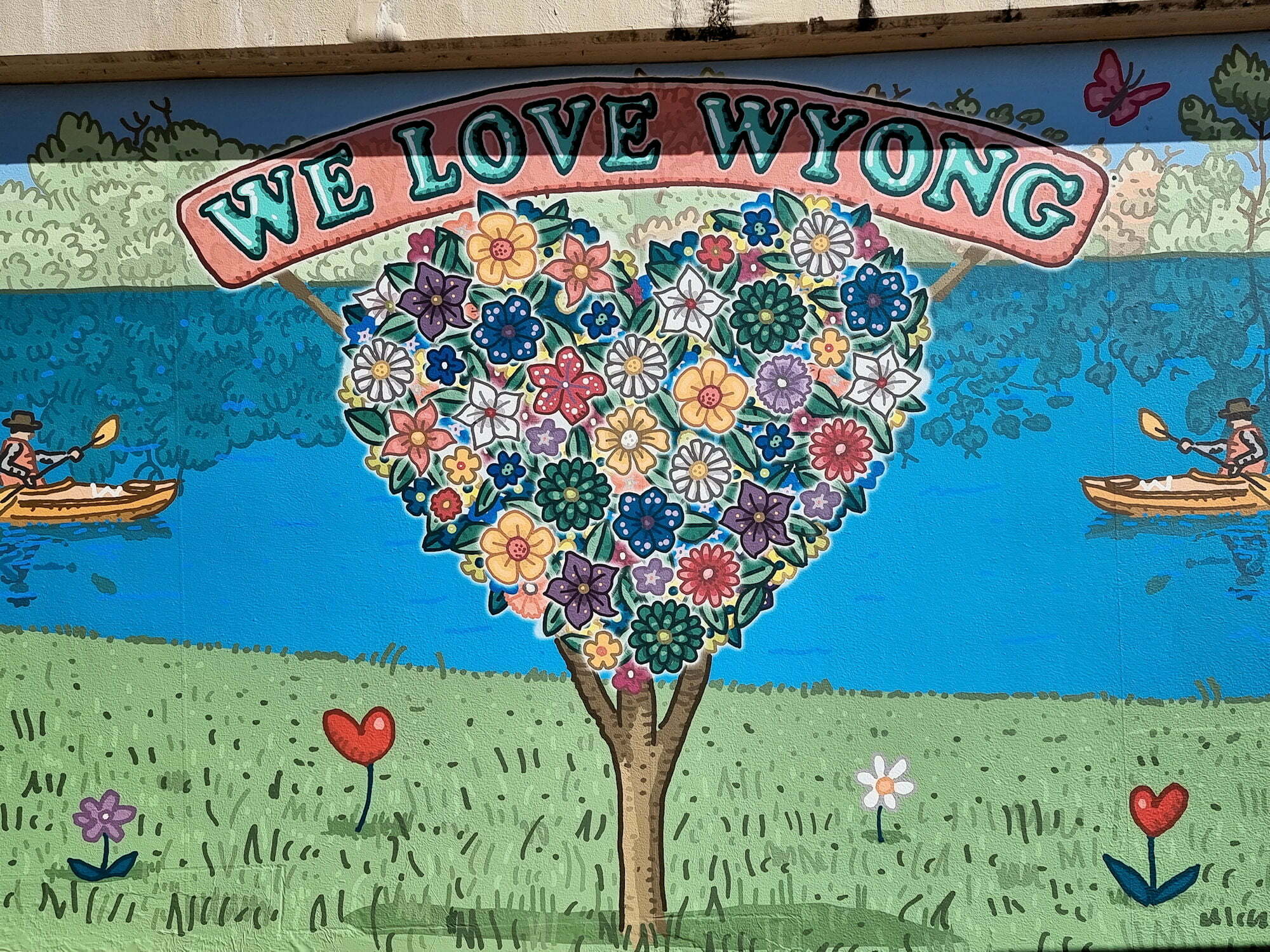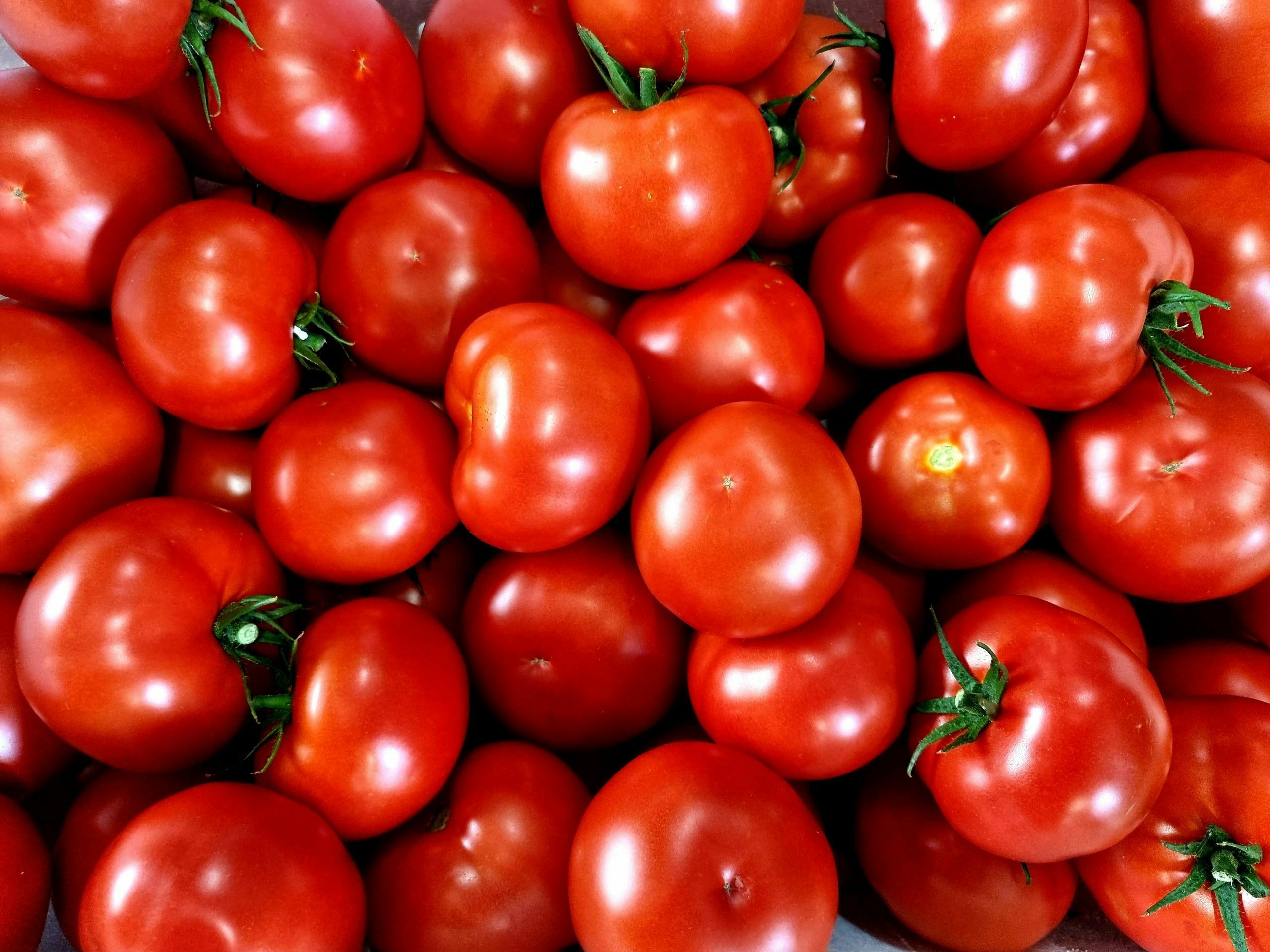Category: Cafe
-
Walter Burley Griffin Incinerator

Walter Burley Griffin Incinerator Built in 1934 the Walter Burley Griffin Incinerator was originally the Willoughby Municipal Incinerator. Its purpose was to dispose of Willoughby Council’s municipal waste rather than dumping it at the tip. As the name suggests, Walter Burley Griffin designed the building, the same architect responsible for the winning design of the… Read more
-
Wyong New South Wales

Wyong New South Wales Australia Located on the New South Wales Central Coast, Wyong is around an hour’s drive north of Sydney, or an hour’s drive south from Newcastle. We visited to see the historic building and street art as well as visiting Alison Homestead on the outskirts of town. Our first stop was the… Read more
-
Ricardoes Tomatoes and Strawberries

Ricardoes Tomatoes and Strawberries A favourite with locals and tourists, Port Macquarie’s Ricardoes Tomatoes and Strawberries is a fun place to pick your own fresh produce. Located only 20 minutes from the Port Macquarie CBD on the New South Wales mid-north coast, it’s a must-see place for visitors. A large car park caters to the… Read more